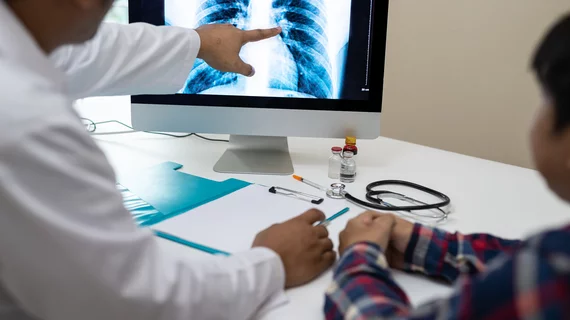How deep learning-based natural language processing is changing radiology
Natural language processing (NLP) can provide significant value in radiology, extracting key data from the electronic health record and prioritizing radiologist worklists. According to a new analysis published in the Journal of the American College of Radiology, deep learning (DL) technology is now being used to make NLP even more effective—and it’s a growing trend that shows no signs of slowing down.
“DL NLP is increasingly encountered in the literature,” wrote lead author Vera Sorin, MD, Chai Sheba Medical Center in Israel, and colleagues. “It is expected to play a larger role in research and clinical practice in coming years.”
Sorin et al. analyzed 10 academic studies on DL NLP and radiology, searching for key trends that could help radiologists and other imaging professionals gain a better understanding of this new technology. All studies were published from January 2017 to September 2019.
The team noted that researchers are exploring the effectiveness of DL NLP in a number of ways. For instance, some studies focused on how it can be used to flag and classify radiology reports.
“This can help clinicians focus on the important data in the reports,” the authors wrote. “Such focusing can reduce potential overlooking of critical findings and save reading time. For example, radiology computer vision research demands structured labels for images. Manual labeling can be time-consuming. DL NLP can provide automatic labeling for large data sets.”
One specific study the team analyzed involved using recurrent neural networks—which “process sequential information and thus are ideal for sentences”—to classify the musculoskeletal radiology reports for the presence of fractures. In another study, a convolutional neural network (CNN) was successfully used to label pulmonary embolisms (PEs).
In addition, DL NLP has shown the potential to help providers determine imaging protocols for patients, which “can save time and also potential decrease errors of contrast material injections.” And the authors observed that DL NLP can help users identify follow-up recommendations, though there is still work to be done before that method can outperform more traditional NLP techniques.
“In conclusion, research and use of DL NLP is expected to increase in coming years,” the authors wrote. “Understanding the basic concepts of this technology may help radiologists prepare for changes in their field.”

